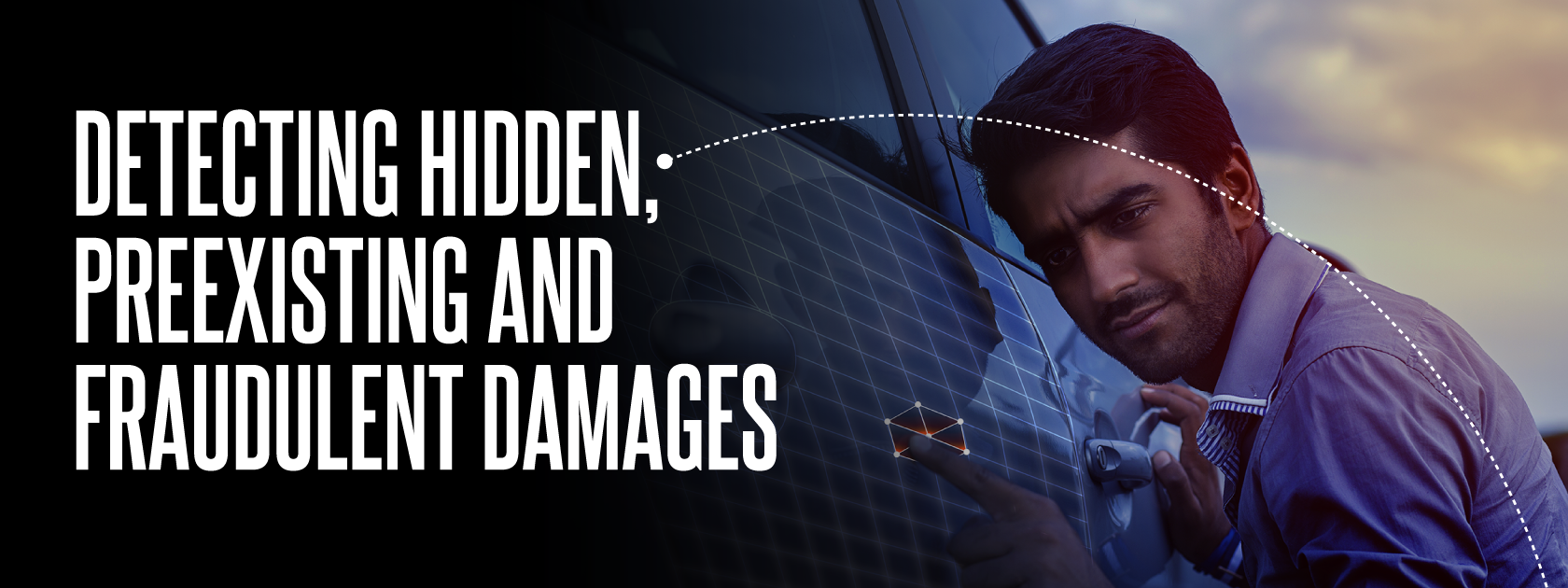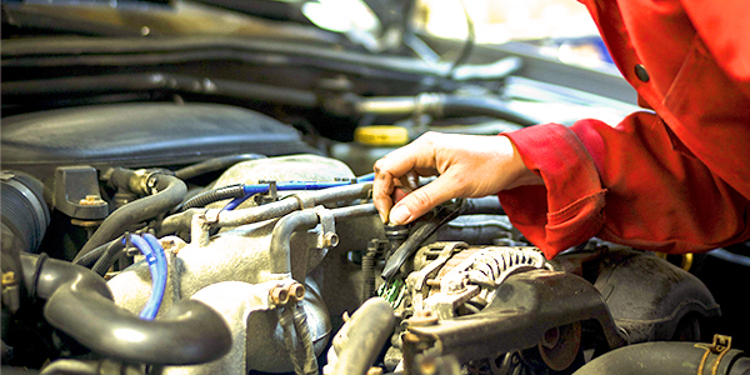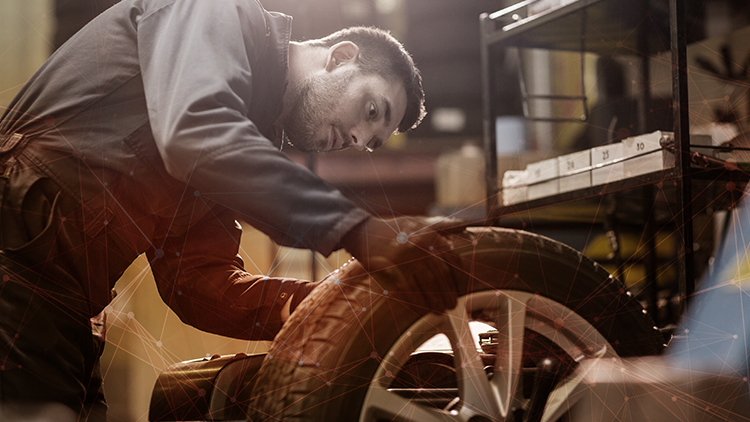In previous Data Dive articles, we’ve looked at a variety of metrics including supplementation rates, betterments and the key drivers of Gross Appraisal Values (GAV), among others.
Today, we examine the relationship between primary point of impact and GAV.
Primary point of impact (POI), is the area where the most damage has occurred on the vehicle. The shop estimator or staff appraiser makes a judgment call and records this data point on every estimate. While not a perfect indication of the impact point, it is a reasonable assessment of the location by professionals. The secondary point of impact may also be recorded, although this is identified less frequently.
It’s no secret that the areas of damage resulting in the most expensive repairs are at the front of the vehicle. By comparing the damage estimates of the various primary impact areas against the overall average GAV, we can get a sense of how much higher or lower the estimate value will be for that impact area.
Mapping Impact Areas
In the diagram below, we’ve mapped how much higher or lower the average estimate cost is for primary impact areas, using 2019 data. Red areas are POIs that are above the 2019 average appraisal cost, whereas green areas are less than average.
For example, the average of all estimates with head-on collisions as the primary impact area – “Front” in the diagram – was 28% higher than the typical 2019 estimate. Conversely, “Rear” collisions were 18% less costly.
Clearly, the average rear hit percentage was significantly lower than that of front hits – a delta of 46%.

Frequency of Impacts
The other factor to consider is frequency. The most common point of impact is the rear of the vehicle, with approximately 15% of all claims being marked as rear, followed by the front at 14%.
The following chart shows the percentage of average GAV for each POI sorted by decreasing frequency.

Since there is some judgment as to where the hit took place (was it the rear or rear left corner?), we can group the front and back categories.
The front – representing front, left front corner and right front corner – comprise about one-third (35%) of all hits and have an average GAV 16% greater than the typical 2019 appraisal. Rear hits – indicated by rear, left rear corner or right rear corner – account for about one-quarter (27%) of all POIs but cost 22% less than average.
So What?
Front-end hits are less frequent with newer vehicles. This is not something new. Newer vehicles have better brakes and generally better road performance than older vehicles.
As illustrated below, 2019 and 2020 vehicle makes have front-end hits 3% to 4% less frequently.

What we don’t know yet is the impact that ADAS technology, particularly vehicle avoidance systems such as emergency braking, will have on these rates moving forward.
The typical cost of repair of newer models with front-end hits is greater than that for older model vehicles. In other words, repairing front-end hits on newer cars is becoming more expensive.
This chart shows, compared to all estimates for that vehicle year, the GAV for front-end hits is about 30% greater for new models and declines as vehicles get older.

The proportionately higher than average repair costs for newer models are due to a variety of factors. More expensive technology is ending up in the front of the car rather than the back or sides, including LED headlamps and active grilles as well as safety features such as sensors and advanced electronics.
ADAS to the Rescue?
Particularly in the United States, insurers see ADAS features as a way to reduce front-end collisions. As a result, they often offer premium discounts in the 15% range for vehicles with this beneficial technology.
But how can costs be controlled during the repair process? While it is nice to know that a front-end hit is likely to be 46% more costly than a rear-end collision, what practical steps can an insurer take to manage these costs?
Audatex has a couple of tools to address this issue.
In this article, we only looked at one factor as a predictor of repair costs – point of impact. AudaTarget takes predictive analytics to the next level, using artificial intelligence to analyze a variety of damage factors at the FNOL and then suggest the optimal shop for the job.
AudaVIN, our advanced vehicle decoder, identifies factory-added equipment, including ADAS components, eliminating the need for shops or staff to manually determine what has been optionally added to the vehicle. This ensures accurate estimates and total losses, reducing friction and cost.
For more information, please contact your Account Manager.







